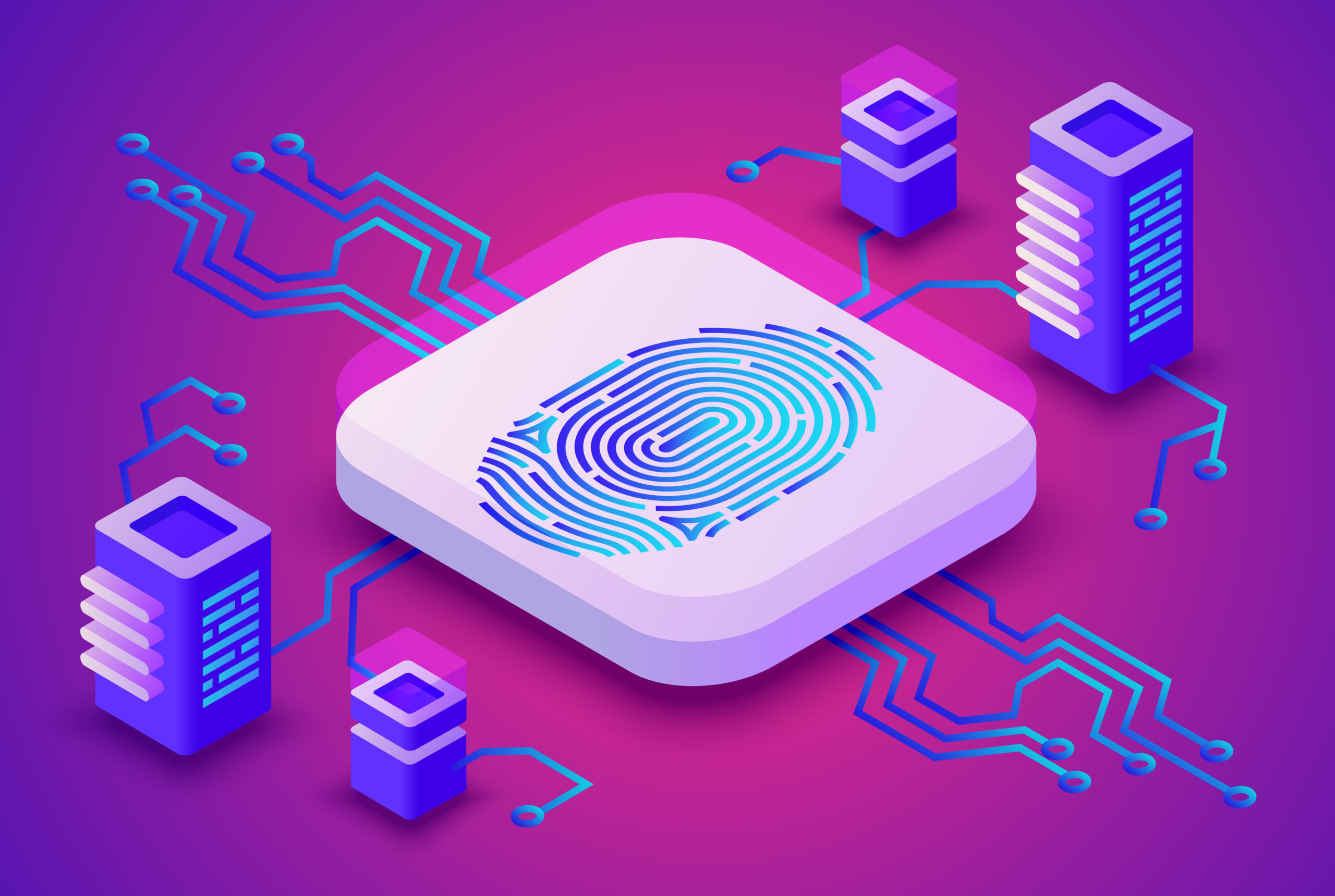Blockchain technology has emerged as one of the transformative innovations of the 21st century, redefining how data is stored, shared and secured. Originally popularized by Bitcoin and other cryptocurrencies, blockchain has since expanded its applications in various industries, offering unparalleled transparency, efficiency and security In this blog we will delve into blockchain technology, how it works and in his great power.
Table of Contents
- What is Blockchain?
- How Does Blockchain Work?
- Key Features of Blockchain
- Decentralization
- Transparency
- Immutability
- Security
- Applications of Blockchain Technology
- Cryptocurrency
- Supply Chain Management
- Healthcare
- Finance
- Real Estate
- Benefits of Blockchain
- Challenges in Adopting Blockchain
- Future of Blockchain Technology
- Conclusion
What is Blockchain?
At its core, blockchain is a distributed ledger technology (DLT) that records transactions across multiple computers in order to ensure security, transparency and resistance to tampering Unlike traditional databases, blockchain acts as a decentralized network, eliminating the need for middlemen and middlemen.
How Does Blockchain Work?
A blockchain is a chain of blocks, with each block containing:
Data: Information about a transaction or record.
Hash: A unique identifier of the block.
Previous hash: The identifier of the previous block, linking blocks in chronological order.
When a transaction is initiated, it is verified by network participants (nodes) and added to a new block. This segment is then connected to the existing chain, forming an immutable record.
Key Features of Blockchain
Decentralization
Blockchain eliminates the need for central authority, enabling peer-to-peer networking and distributed authority.
Transparency of actions
On the blockchain, all transactions are transparent to participants in the network, ensuring accountability and trust.
Things that don’t change
Once a block is added to the blockchain, it cannot be changed, ensuring data integrity.
security
Blockchain uses cryptographic algorithms to secure transactions, making them more resistant to fraud and cyber-attacks.
Applications of Blockchain Technology
Using cryptocurrency
Blockchain is the backbone of cryptocurrencies like Bitcoin and Ethereum, facilitating secure and transparent digital payments.
Supply Chain Management
By providing real-time tracking and verification, blockchain increases efficiency and reduces fraud in the supply chain.
Health care system
Blockchain enables secure sharing of patient data, strengthens collaboration and reduces administrative costs.
Finance
From cross-border payments to smart contracts, blockchain is revolutionizing financial services.
Real estate for sale:-
Blockchain simplifies asset transactions, increases transparency and reduces paperwork.
Benefits of Blockchain
- Enhanced Security: Cryptographic mechanisms ensure data protection.
- Reduced Costs: Eliminates intermediaries, lowering transaction fees.
- Improved Efficiency: Streamlines processes with automation and real-time updates.
- Greater Transparency: Ensures accountability with an open ledger.
Challenges in Adopting Blockchain
Despite its advantages, blockchain faces challenges such as scalability, high energy consumption, regulatory uncertainty, and the need for technical expertise.
Future of Blockchain Technology
The potential of blockchain is immense, with ongoing advancements in scalability, energy efficiency, and interoperability. Emerging trends such as decentralized finance (DeFi), non-fungible tokens (NFTs), and blockchain-based identity systems highlight its expanding influence.
Conclusion
Blockchain technology is reshaping industries and paving the way for a more secure and efficient digital future. As adoption grows, its transformative impact will become even more evident, unlocking new possibilities for innovation and collaboration.
Share this content:







Post Comment